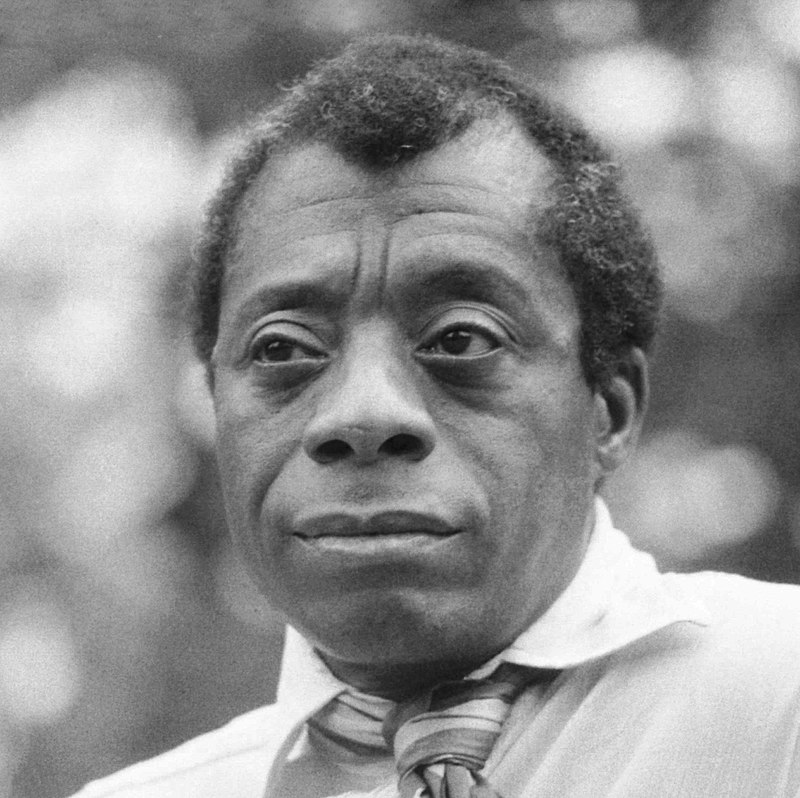
This is the latest post in our series on the center-left roots of school choice.
Rosa Parks wanted a charter school. Cesar Chavez wanted freedom schools. No president pushed federal funding for school choice more than Barack Obama. School choice critics shamelessly try to shackle choice to Trump, or Devos, or any other figure loathed on the left. But it’s a fact that plenty of folks on the left, from everyday people to social justice icons, have long appreciated alternatives to traditional public schools, particularly for low-income families and communities of color.
 Add James Baldwin to the list.
Add James Baldwin to the list.
Baldwin – writer, activist, truth teller; friend to Malcolm X and Martin Luther King Jr.; member of The Nation editorial board – died in 1987. He didn’t live to see Milwaukee launch America’s first, modern, private-school voucher program, or America’s first charter school sprout in Minnesota. It would be presumptuous and obnoxious to suggest he supported those things even in concept, when, as far as I know, he never weighed in.
But it is a fact that Baldwin passionately supported a precursor to vouchers and charters that briefly flared in the 1960s.
This was the “community control” movement. It didn’t offer parents a choice like charters and vouchers. But its power-to-the-people philosophy very much dovetailed with many impulses that now propel school choice.
In New York City, black and Latino parents gravitated to this alternative vision for public education after white parents and teachers rebuffed integration. In 1968, at P.S. 271 in the Ocean Hill-Brownsville section of Brooklyn, they made their stand – and got crushed. Al Shanker and the overwhelmingly white teachers union mowed down community control before it could root. But Baldwin, who grew up in New York City, saw much to love.
Community control brought power, freedom, affirmation, innovation, Baldwin wrote in 1974, in the forward to another writer’s book on the strike. The sense of self-determination it unleashed in students, teachers and parents coursed through the school and radiated far beyond.
Wrote Baldwin: “ … the children moved and rang with purpose. They looked you in the eye, instead of at the door or the floor. When they spoke, they spoke as though they wanted you to hear them and not as though they wished to God you’d go away. This climate was contagious. The children carried it home with them. The parents carried it into the streets with them and to their jobs. The message was: We aren’t helpless. We’re coming through.”
Baldwin doesn’t mince words about the “debasement” of young black lives in “ghetto schools” and the white power it perpetuates. White liberals, he wrote, have deluded themselves about their supporting role. (Some of their ideological descendants are so detached, they quote Baldwin as they attack school choice programs favored by parents of color.)
“There is a brutal efficiency in the means, to say nothing of the speed, with which this debasement is accomplished: such miracles of efficiency cannot be accomplished by people who do not know what they are doing. They can, however, blind themselves to what they are doing, and to such an extent, indeed, that many of those most responsible for the devastation are perpetually suggesting ways of aiding the ‘disadvantaged.’ “
Baldwin makes clear he’s no fan of Al Shanker. He also underscores the obvious truth, successfully obscured by choice critics, that public education benefits private, economic interests. That’s why the teachers union brought the hammer when the principal at a single school dared dismiss a handful of unionized teachers.
“That he had no such right had to be made immediately and abundantly clear,” Baldwin wrote, “not only to protect the power of the United Federation of Teachers, but also to prevent any of the billions of dollars involved in the Education business from being controlled by black and Puerto Rican communities.”
Community control showed, to Baldwin, that ceding power down past the district level yielded positives. Parents moved to “actually enter the schools and work in them.” Teachers exercised their freedom to “evolve new ways of teaching.” Students “actually learned.”
To those who had claimed to know what was best for students, though, that success was a repudiation – and a threat.
Which is why, in Baldwin’s view, it had to be snuffed out.
Community control wasn’t shut down “because it failed,” he wrote, “but because it did not fail.”


